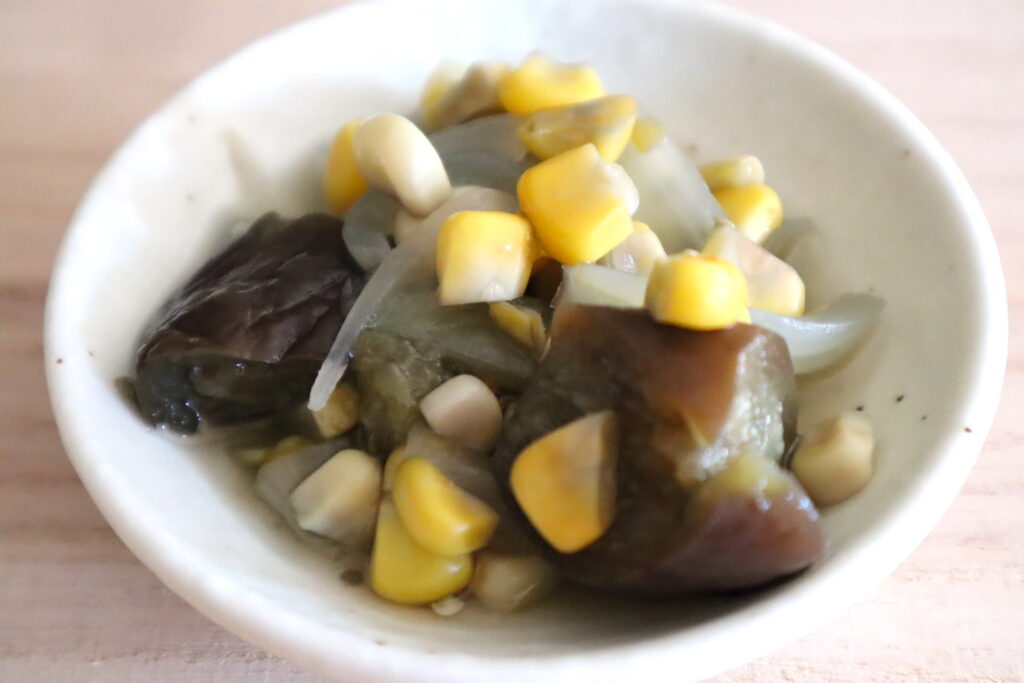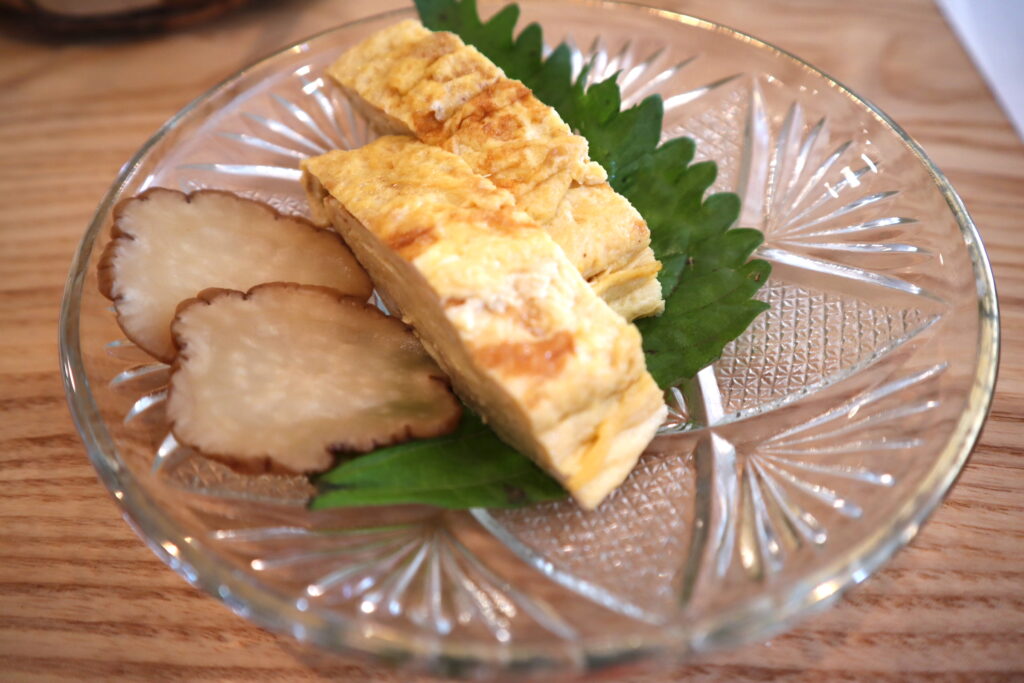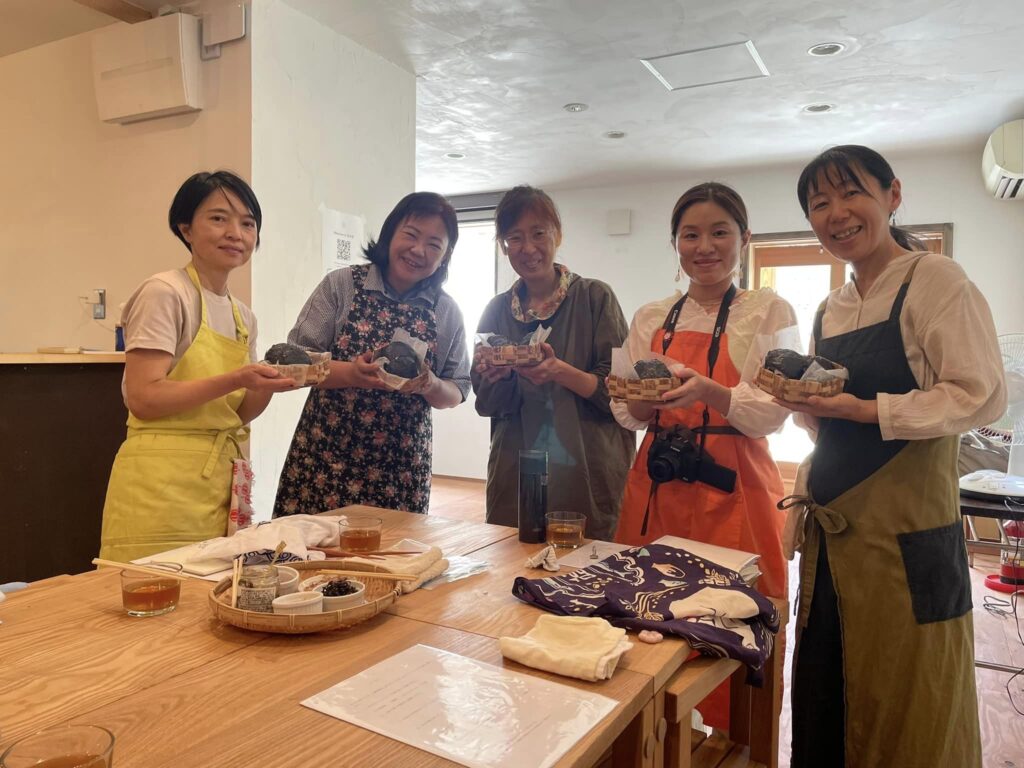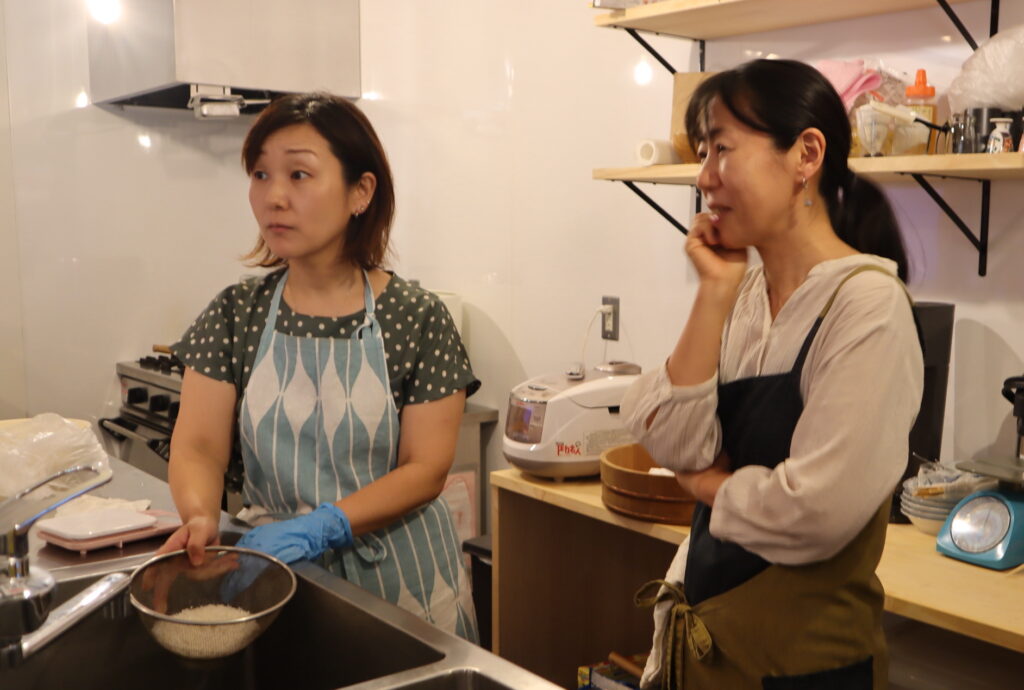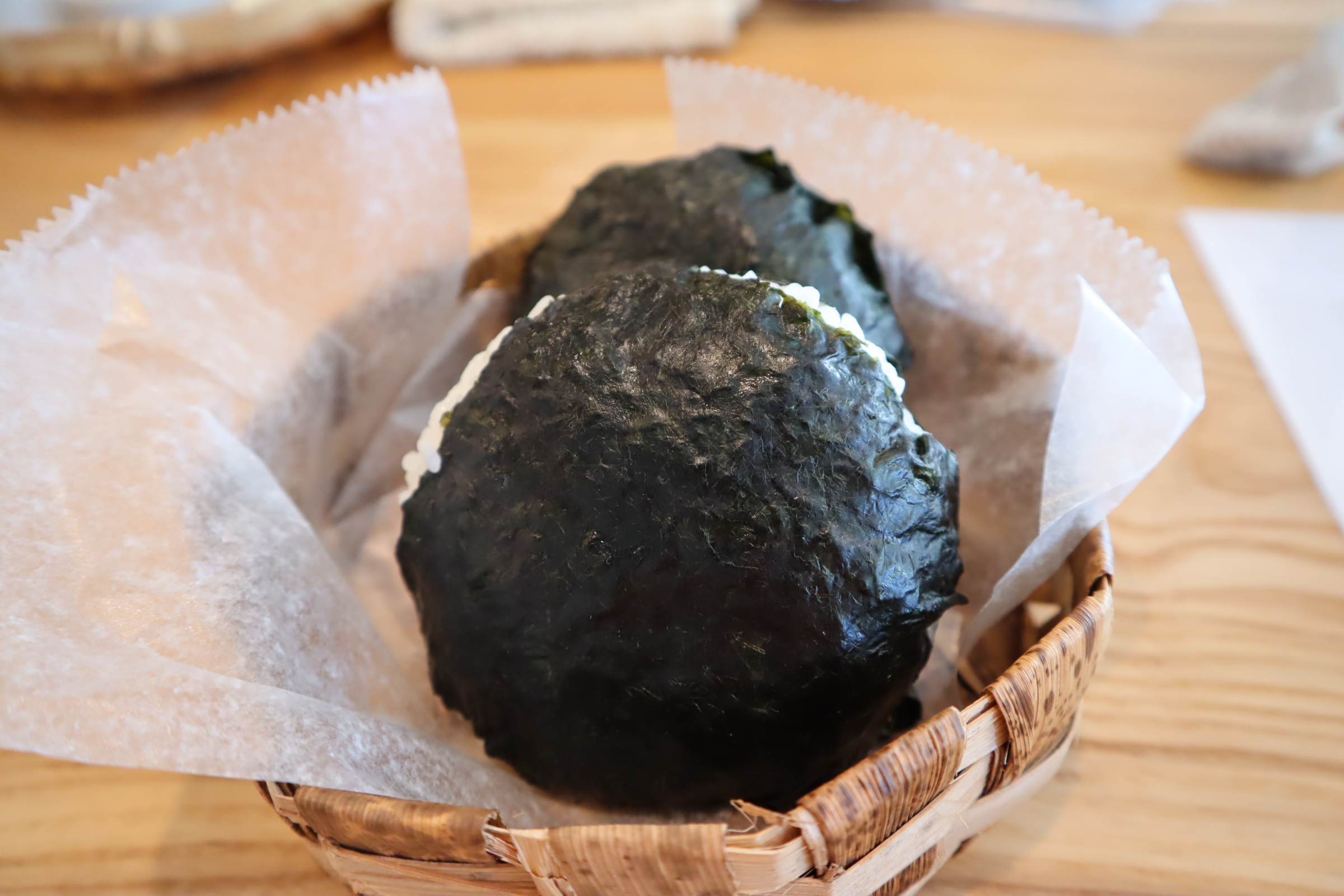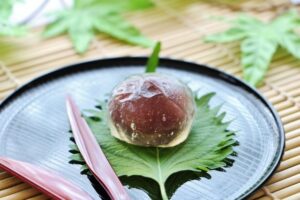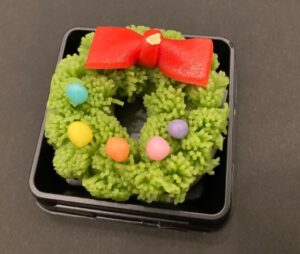I’ve always had my doubts.
I have several friends who teach cooking. All of them are crazy about rice balls or onigiri.Making onigiri is easy. Just roll the rice and wrap it in nori (seaweed). I can make it too.
Yet, despite that, why do skilled cooks become so fascinated with onigiri? They should be able to make plenty of other dishes.
Surely, there’s something deep that fascinated cooking lovers. What could it be?
The difference between “Omusubi” and “Onigiri”
One of my friends, Siko Miyazaki, regularly holds classes to teach how to make onigiri / omusubi (rice balls). While working at a bank, she dedicates herself to this endeavor each month. Her desire to help others drives her passion.
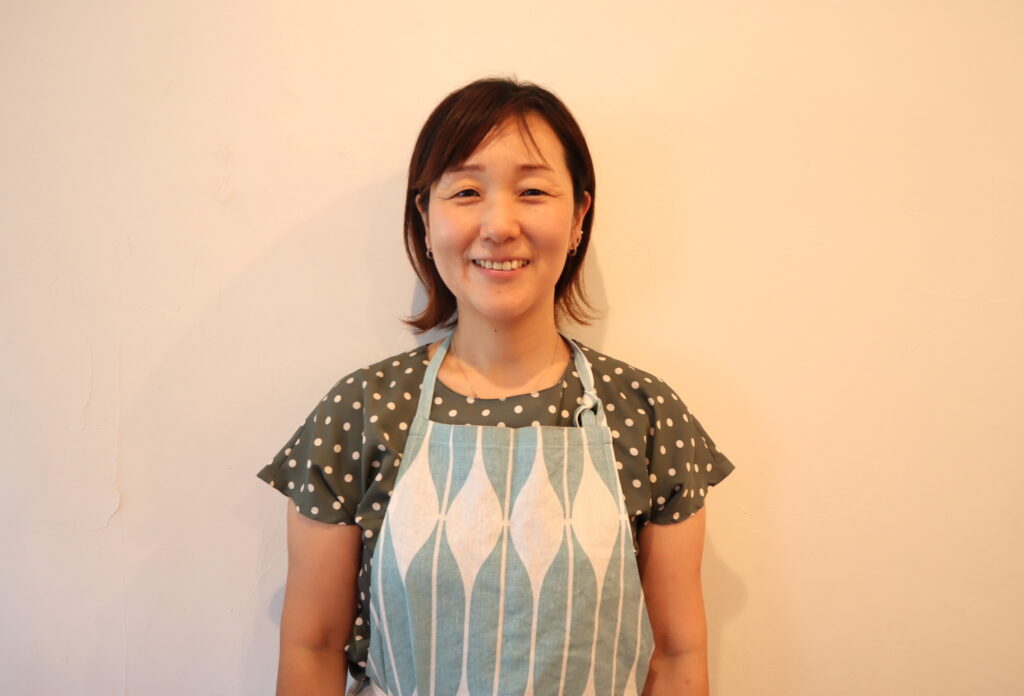
By the way, in Japanese, rice balls are referred to as both “onigiri” and “omusubi,” and both terms are commonly understood.
The word “onigiri” is said to have originated from the idea of throwing rice balls to ward off demons, giving it a strong and powerful connotation. On the other hand, “omusubi” derives its origin from the name of the deity of creation, “Musubi,” and carries the meaning of bringing connections and relationships together, giving it a gentler impression. When you use the term “omusubi,” it conveys a sense of unity, harmony, and the idea of forging connections and relationships.
Ms.Miyazaki prefers the term “omusubi” influenced by her mentor. Therefore, in this essay, let’s use the word “omusubi.”

Impressed by Sato Hatsuo, who holds the rice ball as if in prayer
She had a mentor named Hatsune Sato. She was a charismatic and popular figure in Japan and has since passed away. She operated a facility called “Mori no Isukia” in the nature-rich region of Aomori in northern Japan until she was 94 years old. This facility aimed to help people burdened with troubles. She was a quiet Christian and a very gentle individual. She would gently make rice balls for those who were exhausted to the point of contemplating suicide, offering them simple yet heartfelt meals. Her story became a movie and garnered immense respect from many. Her omusugi came to symbolize the belief in people and served as an expression of genuine care.
Ms.Miyazaki was captivated by the late Ms.Sato’s charm and decided to participate in a cooking workshop which Ms.Sato organized to learn from her.
At that time, Ms.Sato was 92 years old, and the way she delicately crafted rice balls, almost like a prayer, moved Ms. Miyazaki deeply. She believed that Ms. Sato’s rice balls were unlike any others, and she was determined to share her unique techniques with others.
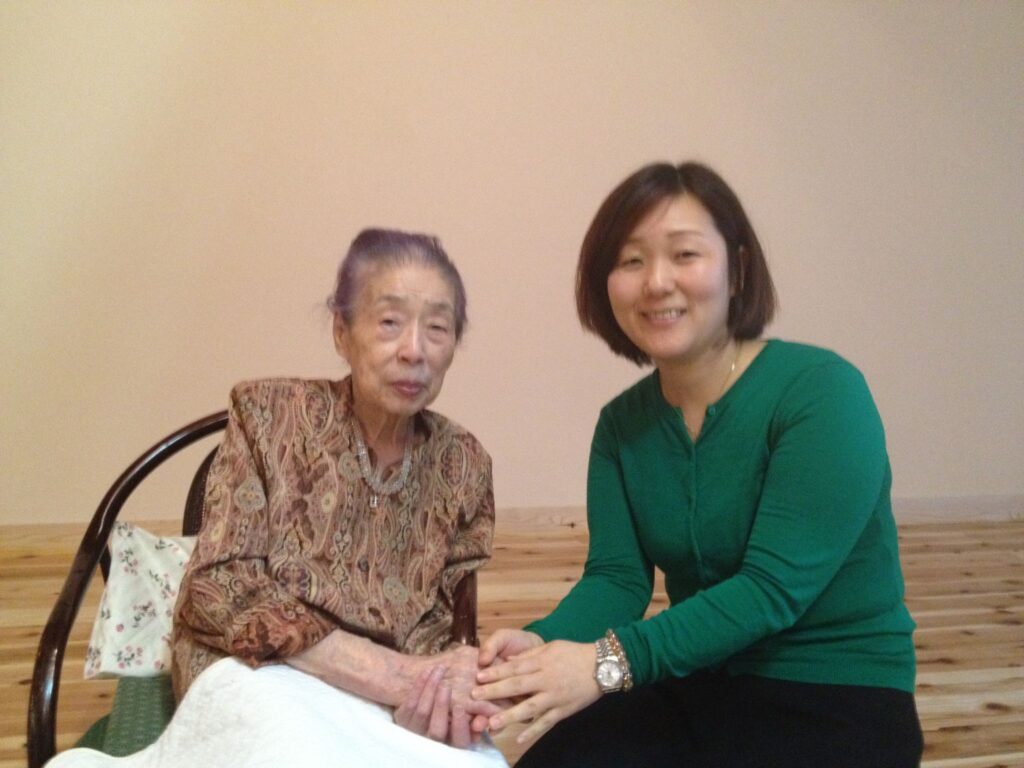
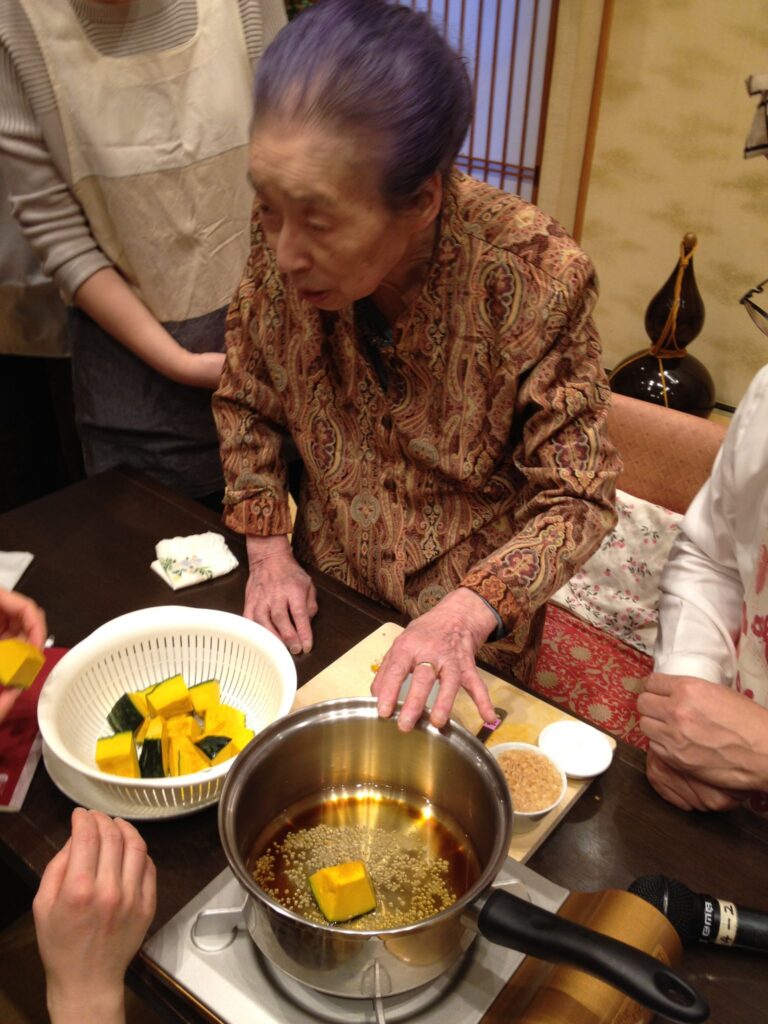

A round and softly molded rice ball
The distinctive feature of her rice balls is their shapes. While conventional rice balls are triangular, hers are round. The method of shaping them is also slightly different. When making triangular rice balls, one typically presses the rice firmly in their palm to form the shape.
On the other hand, when shaping round rice balls, the idea is to handle the rice gently, as if it were breathing, without applying too much pressure. Additionally, she wraps them with seaweed (Nori) cut into squares, which is another distinguishing feature.

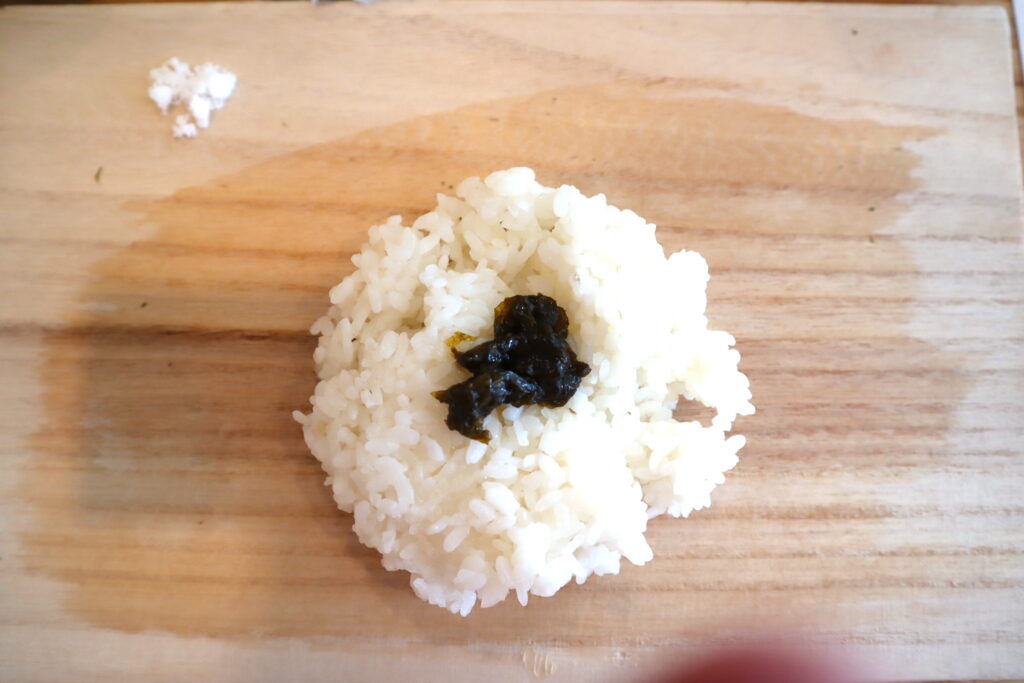
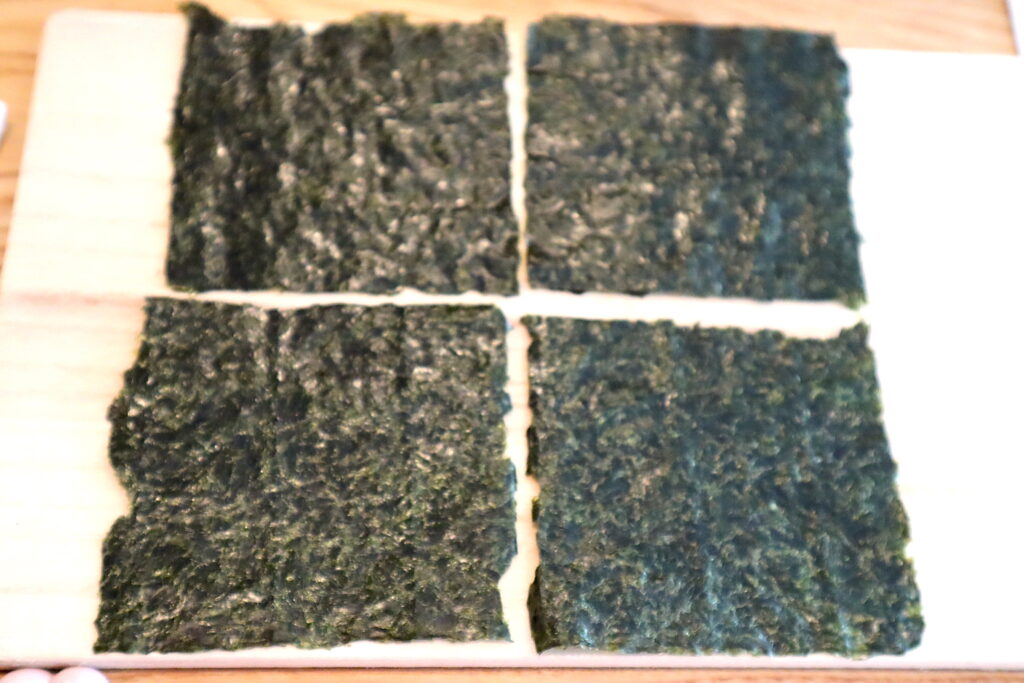

In Ms. Miyazaki’s classes, participants can learn the technique by actually making these omusubi.
Celebrating the Virtues of Rice
Furthermore, she pays great attention to the rice itself. She has been attending a school for pesticide-free and fertilizer-free rice cultivation in Saitama Prefecture for the past three years, cultivating her own rice. She washes the rice carefully, showing deep respect for the rice she has grown.
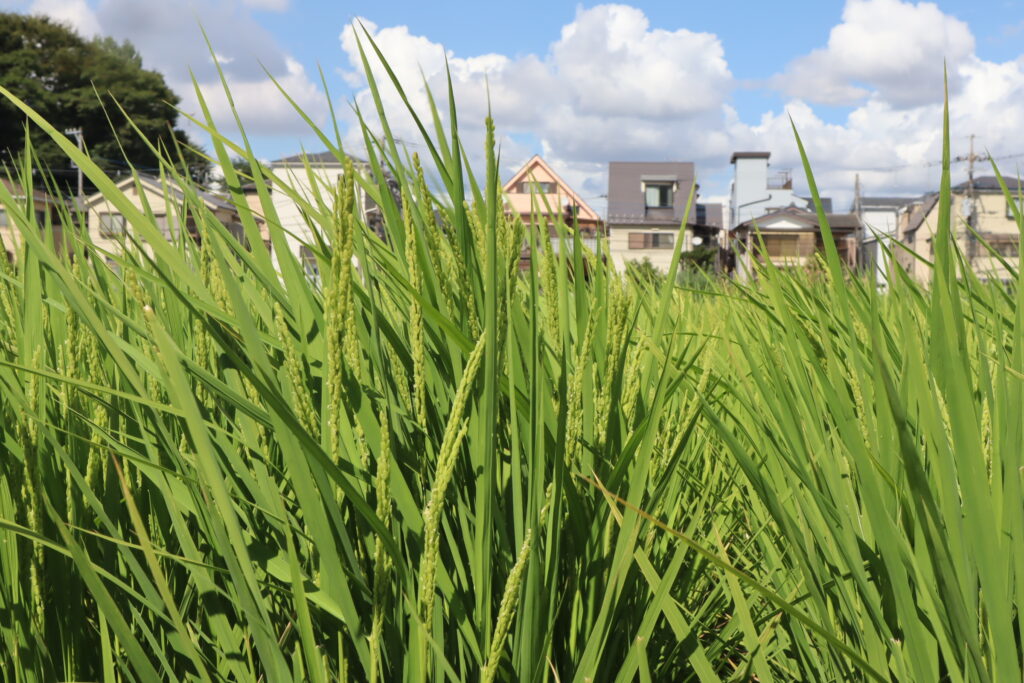
While the per capita consumption of rice in Japan has been decreasing over the years, Ms. Miyazaki hopes that people will rediscover the beauty of rice.
The day when tears wouldn’t stop over her mother’s furikake
She also firmly believes that the emotions poured into cooking will always be conveyed to others. This is because she has had a personal experience.
When she returned home as an adult, her mother made furikake (rice seasoning) with walnuts and dried small fish. When she ate it, tears wouldn’t stop flowing. It was just an ordinary meal, not a special dish, but she could taste the love her mother had put into cooking for the family over the years.
Since then, she has learned to value communicating feelings to others through food because she believes it will always resonate with the person eating it.
She shapes the rice balls with care and a sincere heart, without expecting anything in return. That feeling is transmitted to the people who come to her classroom, creating a very soothing atmosphere.Learning to make rice balls and layered vegetables, cooking and eating together, everyone has peaceful expressions.
